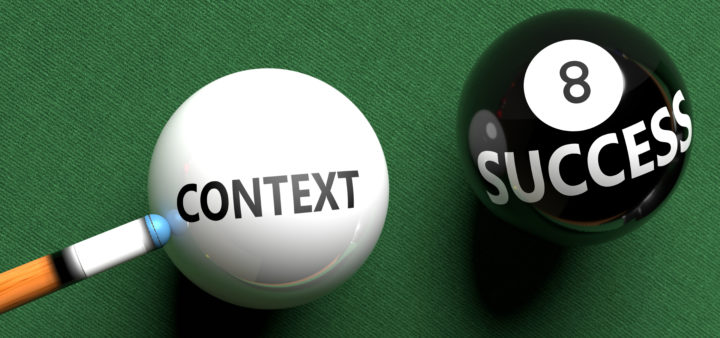Imagine this situation: you’re choosing a wedding present for two close friends. You’ve visited their registry to get ideas, but you also have an idea for an excellent and unique gift that you are sure they will like. Which would you choose?
If you opted for the unique gift, you’re not alone; after all, it’s more thoughtful, isn’t it? You’re also probably wrong. According to one study, recipients of gifts that they had chosen beforehand reported “significantly greater appreciation of the registry gifts than the unique gifts.”[1]
The explanation given is that the gift-givers imagined how they would feel if they received those gifts, but they didn’t do a very good job of figuring out how the recipients would feel. To use a term coined by writer Tony Alessandra, they were operating on the Golden Rule when they should have been using the Platinum Rule: “Do Unto Others as They Would Be Done Unto.”
To cite a personal example, I post a lot of blog articles and videos and I’ve learned that it’s almost impossible to predict how many views I will get for each. I may love a video and think it’s a fascinating topic, and I’ll get very little reaction, or vice-versa. It’s a constant reminder that people do things for their own reasons, not for yours.
The first rule of lean communication—actually any type of communication—is that you must add value to the recipient, but only the recipient of the message gets to decide whether they received value, or how much. This makes it crucial to take their perspective to understand how they view, think, and feel about the situation. It’s easier said than done, because it requires nothing less than a reversal in our normal habits of thought.
By default, all of us think inside-out: how can we get our point across, or get our needs met through this conversation or presentation? Even the thoughtful act of choosing a gift we think someone else will like can go wrong because it’s slanted by our own perspective about what we would enjoy. Default thinking is natural and easy, but if we want to up our persuasive game, we must cultivate the habit and skill of outside-in thinking: doing our best to figure out how they will be better off as a result of having heard our message.
The paradox of outside-in thinking is that, the more we focus on making the other person better off, the better off we will be. Value, like beauty, is in the eye of the beholder.
[1] Adam Grant, Give and Take, p. 89.






